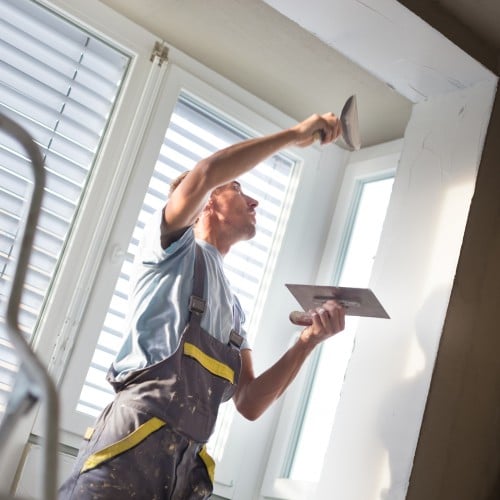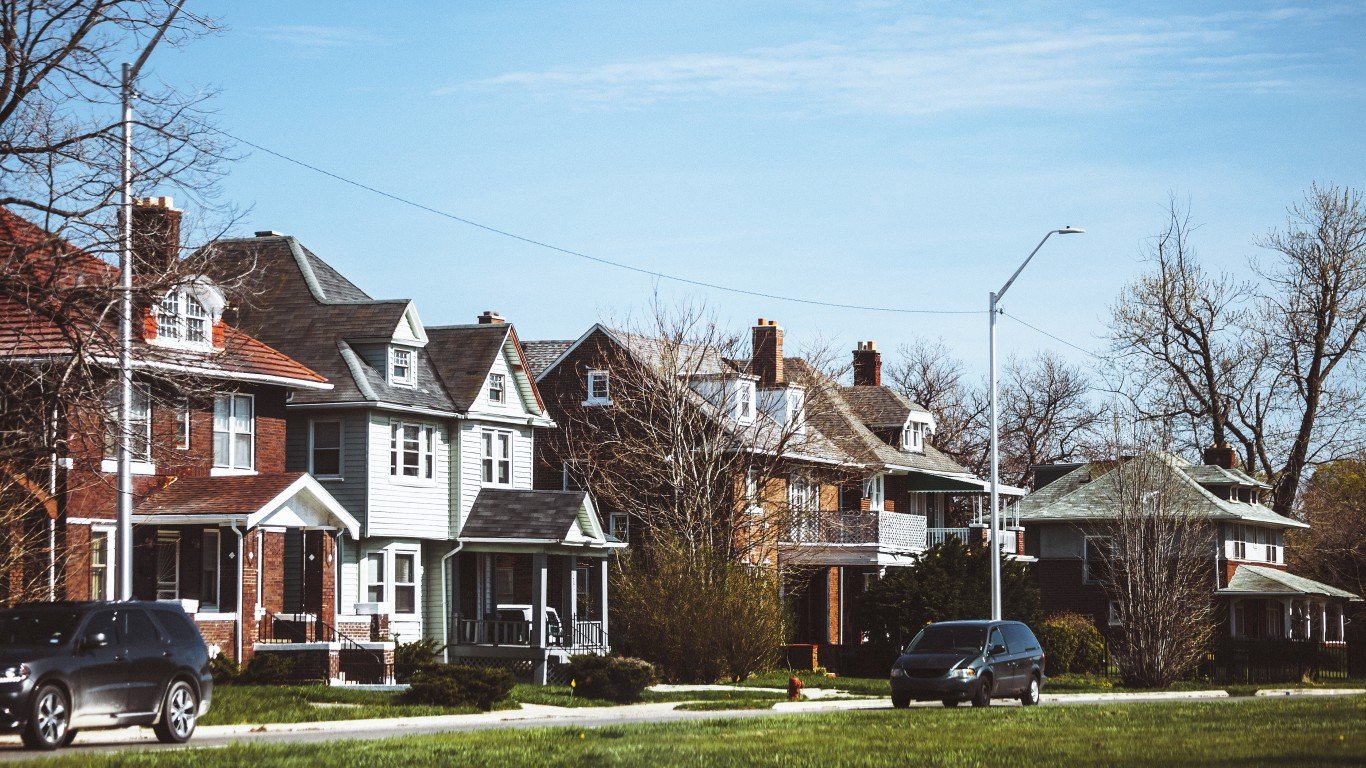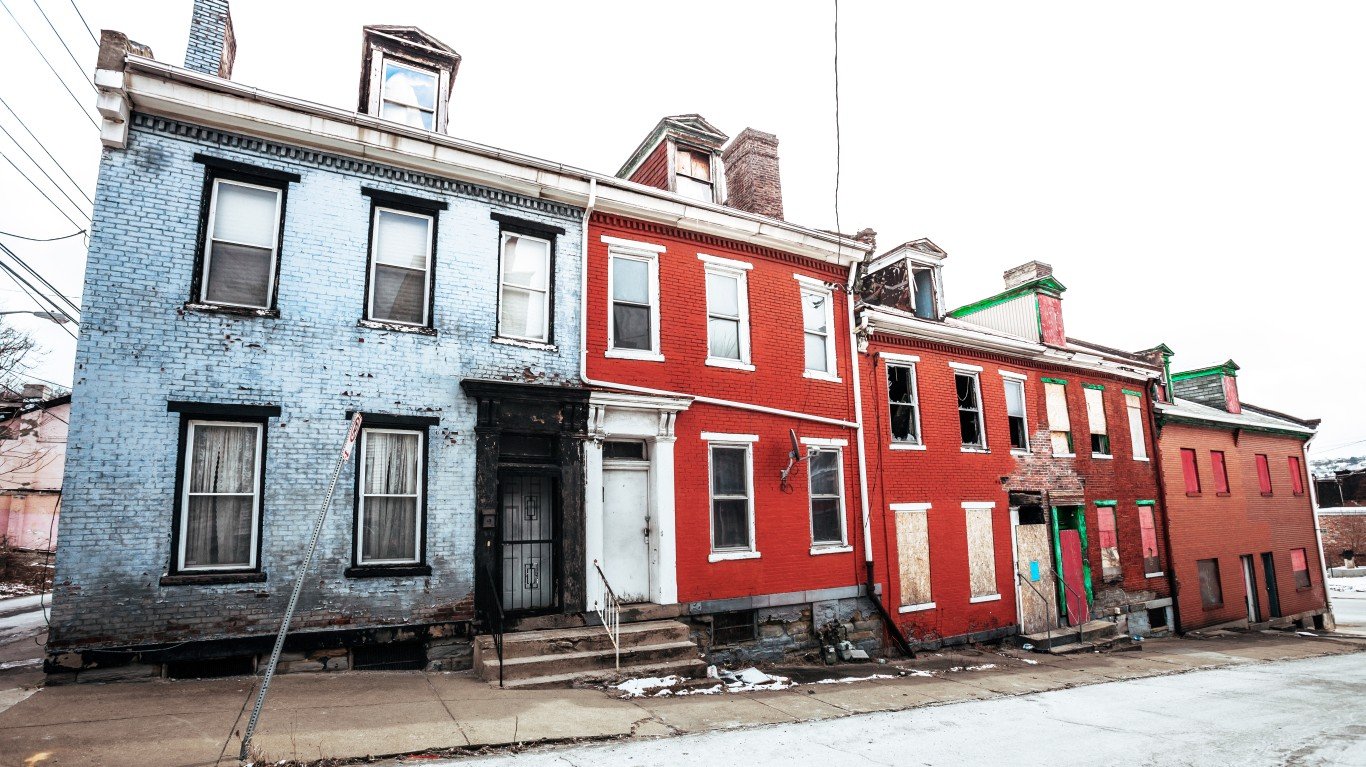
The number of opinions on home remodeling is at least as large as the number of remodeling projects homeowners want to tackle. One constant, though, is how the project enhances the value of a home and, ultimately, its resale value.
Remodeling projects can be large (for example, adding a second floor to an existing house) or small (replacing the main entry door). On average, among 27 projects included in a recent survey, the average residual value one year after the project was completed was 64.4% of the project’s cost.
As a result, all projects are not created equal. According to the “Remodeling 2016 Cost vs. Value Report” from Hanley Wood, on a national basis only one remodeling project yields an increase in value that is more than the cost of the project. The other 26 projects return anywhere from around 91% of the cost to around 56% of costs.
Depending on the region of the country in which the house is located, there may be other projects that return more than their initial cost. In all, there were 77 U.S. markets where the return on investment exceeded 100%. The single project with the highest number of 100%+ returns was installing fiberglass attic insulation, a relatively inexpensive job but one with lasting value.
We looked at the projects that return the least value nationally because some of them struck us as surprising given the conventional wisdom. Note, too, that “midrange” costs are based on “typical” quality materials and the estimates were generated from identical specifications for the work to be done. The report also included projects calling for “upscale” work that is more expansive and complicated than the baseline “midrange” projects.
Here are the five midrange remodeling projects with the lowest return on investment. The list includes original cost, resale value and percentage return. For complete details see the “Remodeling 2016 Cost vs. Value Report.”
- Bathroom addition: $42,233; $23,727; 56.2% return
- Backup power generator: $12,712; $7,556; 59.4% return
- Master suite addition: $115,810; $74,224; 64.1% return
- Deck addition (composite material): $16,798; $10,819; 64.4% return
- Major kitchen remodel: $59,999; $38,938; 64.9% return
Methodology: Data for the “Remodeling 2016 Cost vs. Value Report” were based on construction cost estimates generated by RemodelMAX and resale value data were aggregated from estimates provided by real estate professionals on an online survey containing project descriptions and three-dimensional illustrations, plus construction costs and median home prices for each city. Respondents were instructed not to make judgments about the motivation of the homeowner in either the decision to undertake the remodeling project or to sell the house. The survey for this 2016 data was in the field for approximately 10 weeks between August and October 2015. Nearly 4,000 real estate professionals participated.
Essential Tips for Investing: Sponsored
A financial advisor can help you understand the advantages and disadvantages of investment properties. Finding a qualified financial advisor doesn’t have to be hard. SmartAsset’s free tool matches you with up to three financial advisors who serve your area, and you can interview your advisor matches at no cost to decide which one is right for you. If you’re ready to find an advisor who can help you achieve your financial goals, get started now.
Investing in real estate can diversify your portfolio. But expanding your horizons may add additional costs. If you’re an investor looking to minimize expenses, consider checking out online brokerages. They often offer low investment fees, helping you maximize your profit.
Thank you for reading! Have some feedback for us?
Contact the 24/7 Wall St. editorial team.



